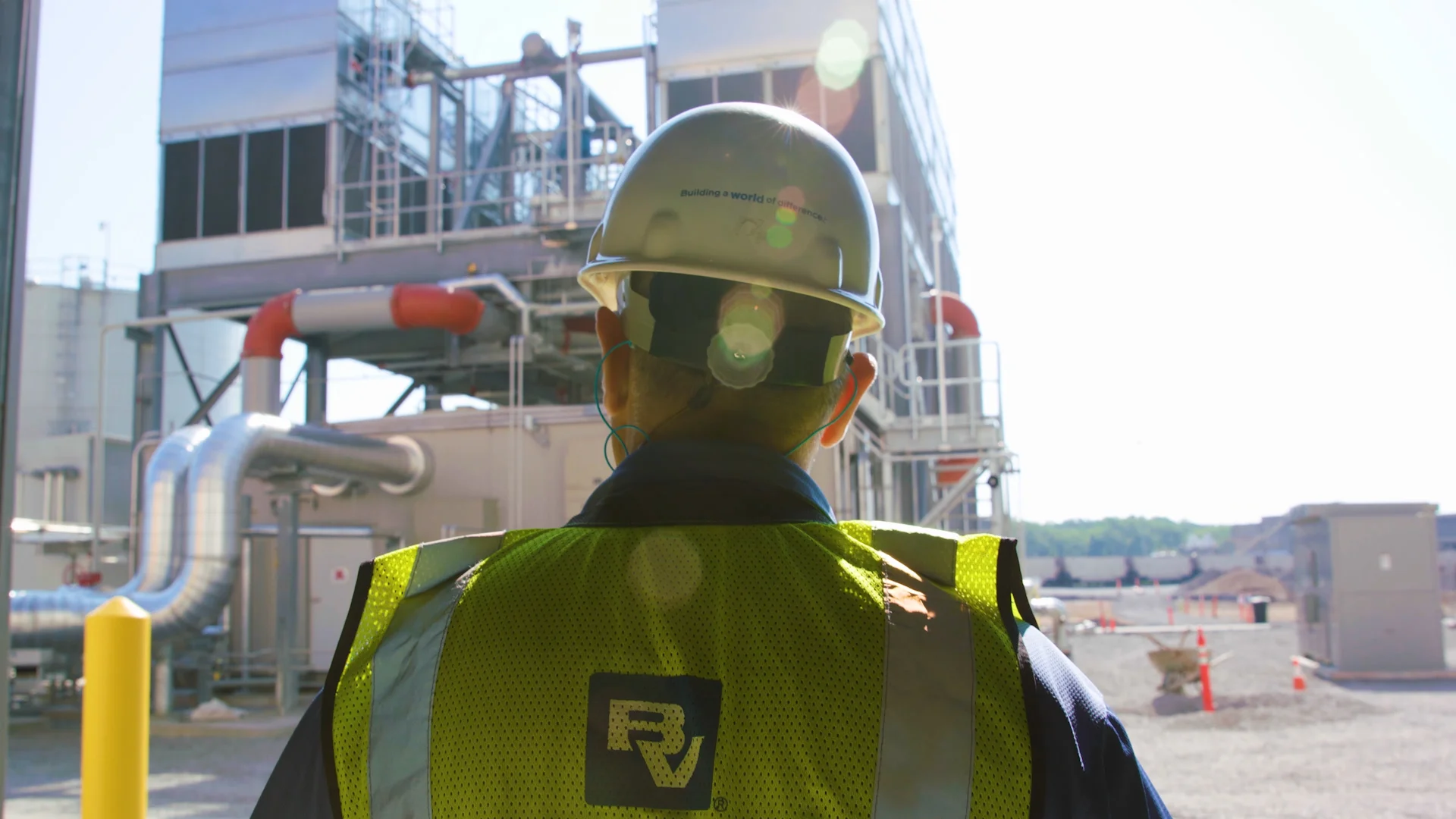Wastewater Treatment Plant Modernizations Underway in Salina, Kansas

- Project Name
- Salina Wastewater Treatment Plant Improvement Project
- Location
- Salina, Kansas
- Client
- City of Salina, Kansas
Black & Veatch awarded as design-builder for wastewater treatment plant modernizations in Salina, Kansas
Black & Veatch, operating under the Overland Contracting Inc. (OCI) business entity, was selected as the design-builder to provide full engineering, procurement and construction (EPC) services for the Salina Wastewater Treatment Plant Improvement Project. An open-book bidding process benefitted the city of Salina and community stakeholders by providing cost certainty and transparency of where every dollar would be spent.
Flexibility Offered by Design-Build
The city of Salina is implementing these modernizations under the progressive design-build delivery method, which offers greater flexibility to control the budget, tailor the scope, and mitigate market volatility. On progressive design-build projects, work is typically split into engineering and preconstruction (Phase 1) and construction (Phase 2). OCI worked with the city of Salina to further break down the first phase into Phase 1A and phase 1B, a separation that allowed a preliminary basis of design to be developed before a more detailed cost estimate. The OCI team also conducted extensive market research prior to procurement, assessing the quality of the bidding pool by reaching out to over 50 local contractors with 12 subcontract packages. All competitively bid packages (96.7 percent of the total construction cost) received at least two bids and were evaluated based on their technical qualifications and commercial compliance. The OCI team implemented a risk register as the primary tool for assessment and contingency development, and a customized escalation model is updated on a quarterly basis.
“I appreciate the transparent and collaborative efforts of the Black & Veatch [OCI] team. Their technical expertise and ability to establish a detailed and accurate price in the current market conditions has set us up to successfully deliver this project.”
-- Martha Tasker, Director of Utilities, City of Salina
Key Scope Elements
Salina’s existing wastewater treatment plant was originally constructed in 1926, and the most recent major upgrade was completed almost 30 years ago. The plant provides preliminary screening, grit removal, primary clarification, secondary treatment, and ultraviolet disinfection. Biosolids, a beneficial byproduct of wastewater treatment, are produced annually for use by surrounding farmland. Currently serving about 46,000 community members and capable of treating 7.25 million gallons per day (MGD), the plant is not designed for modern biological nutrient removal (BNR) requirements and some plant buildings and equipment are beyond their useful life. The scope for the Salina Wastewater Treatment Plant Improvement Project includes the following key elements:
Reconfiguration of existing aeration basins to a modern BNR system that meets new standards (compliance with the EPA’s NPDES permit requirements)
Implementation of chemical dosing processes for phosphorus removal
Simultaneous nitrification-denitrification (SND) modifications for BNR basins, including fine bubble diffusers, top entry mixers and banana blade mixers
Air control and piping modifications for the blower building
BNR process motor control center (MCC) for electrical building
Rehabilitation of existing Clarifiers 1 through 3 and new Clarifier 4
Ferric chloride (outdoor bulk storage system with feed pumps), polymer feed (tote storage with feeder blenders), and odor control fan modifications for chemical feed process at gravity belt thickener (GBT) building
Rehabilitation of all electrical equipment in digester control building to meet classified space ratings (compliance with current code requirements)
Replacement of mechanical equipment and sludge flow modifications
Construction of new building to host two boilers and heating water pumps
Installation of new sludge gas handling equipment
Installation of new cover and linear motion mixer, tank rehabilitation, and supernatant boxes for Digester 1 and 2
Proactively Addressing Challenges
Market volatility has been a challenge for the city of Salina and the project team. Supply chains and associated costs have been impacted due to COVID-19, the ongoing conflict in Ukraine, long lead times for materials, and labor shortages. To mitigate the volatility, OCI is carrying contingency to cover six-to-eight months of additional escalation. The team is also completing project buyout as quickly as possible to get ahead of further price increases, carrying an additional contingency to cover potential supply chain delays and postponing site mobilization by two months to strategically reassess the construction schedule. Additional mitigation plans have been established specifically for electrical equipment delays, and four months of float time have been built into the back end of the schedule for unforeseen conditions.
The OCI team achieved 90 percent design status and established the guaranteed maximum price (GMP) in August 2022, and the notice to proceed (NTP) was awarded in February 2023. Total phosphorus nutrient removal compliance is on track for June 2024, total nitrogen removal compliance is expected May 2025, and substantial completion is scheduled for October 2025.
Contact Us
Looking for a partner in innovation?
Let's Talk
